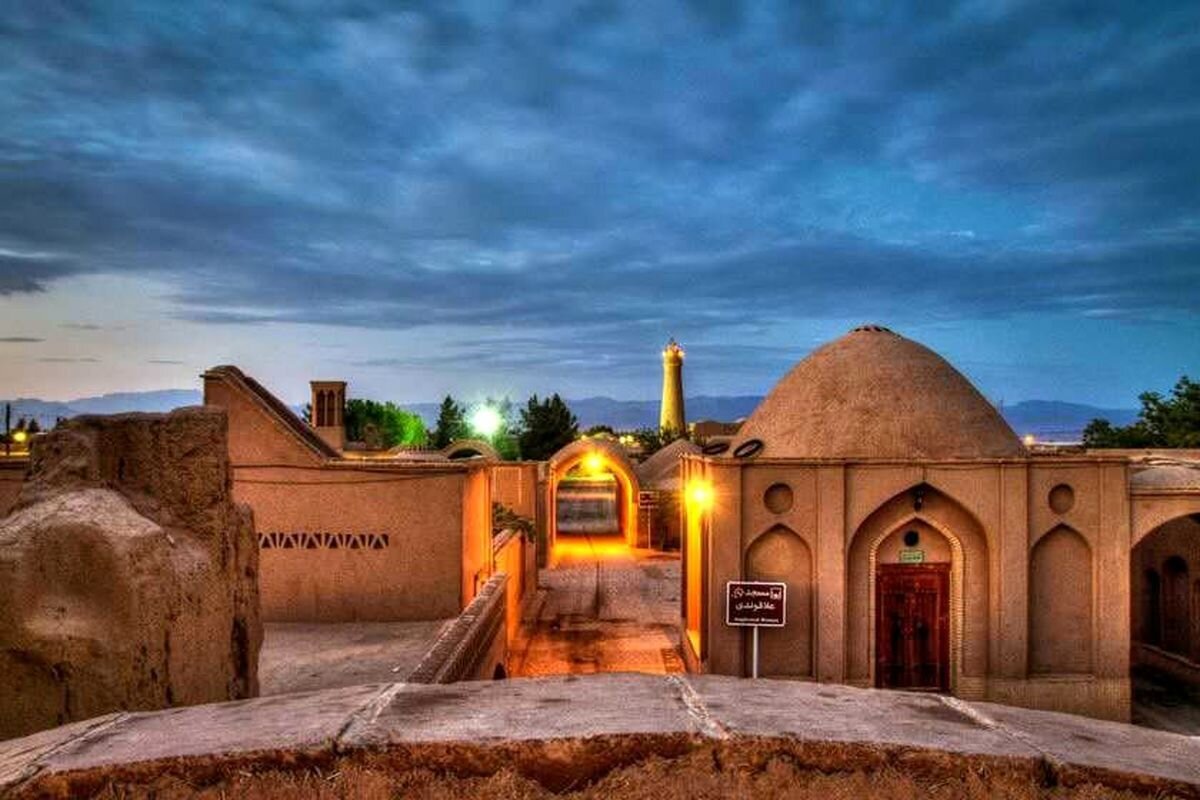TEHRAN - In a recent announcement by Mohammad-Ali Shahhosseini, the Deputy for Economic and Tourism Affairs of the Yazd Governorate, Fahraj village has been designated as a target village for rural tourism.
Situated approximately 30 kilometers east of Yazd in central Iran, Fahraj boasts a rich cultural and historical heritage, making it a destination for travelers seeking authentic rural experiences.
During a gathering with officials and economic activists in Yazd province, Shahhosseini highlighted Fahraj’s potential as a tourist magnet, citing its cultural and historical significance.
The village’s cultural and historical axis, stretching from the Hosseiniyeh water reservoir to the millennia-old Fahraj castle, has been registered as a national heritage site since 2010, the official explained.
Shahhosseini emphasized that rural tourism, driven by cultural, natural, and historical resources, presents an investment opportunity.
He stated that villages serve as significant tourist destinations, attracting a considerable number of enthusiasts and travelers annually due to their unique charms.
Furthermore, the official pointed out that rural tourism development fosters employment stability, boosts commercial activity, and promotes income equality between urban and rural residents. He underscored the vast potential of this budding industry in generating revenue, creating employment opportunities, and bringing about positive changes in rural livelihoods.
Regarding the crucial role of infrastructure in driving rural tourism, Shahhosseini stressed the need for expanding and improving necessary facilities. He highlighted the importance of establishing eco-lodges and accommodations to the needs of tourists, including proper road access, recreational and sanitary facilities, as well as camping sites and suitable shelters for visitors.
In conclusion, Shahhosseini outlined the criteria for selecting Fahraj as a prime destination for rural tourism, citing factors such as the presence of medicinal or industrial plant growth, mountainous and forested attractions, historical heritage sites, as well as the existence of shrines and ancient relics.
At the heart of Fahraj lies its mosque, a testament to its storied past. Believed to be one of Iran’s oldest mosques following the dawn of Islam, this sacred site, dating back to the first half of the first century AH, remains unaltered through the ages, serving as a steadfast beacon of religious devotion.
Fahraj’s historical castle, adorned with intricate facades and embellishments dating back to the 10th and 11th centuries AH, bears testament to the village’s rich heritage. The fortress, boasting a quadrilateral layout, features remnants of four cylindrical towers, each equipped with guard posts, preserving the stronghold’s legacy.
Fahraj’s Hosseinieh water reservoir is steeped in history, believed to have once hosted sacred water ceremonies in its environs.
Last year, Iran put forward eight rural villages as top contenders for a prestigious designation bestowed by the World Tourism Organization (UNWTO), recognizing outstanding rural tourism destinations.


No comments:
Post a Comment